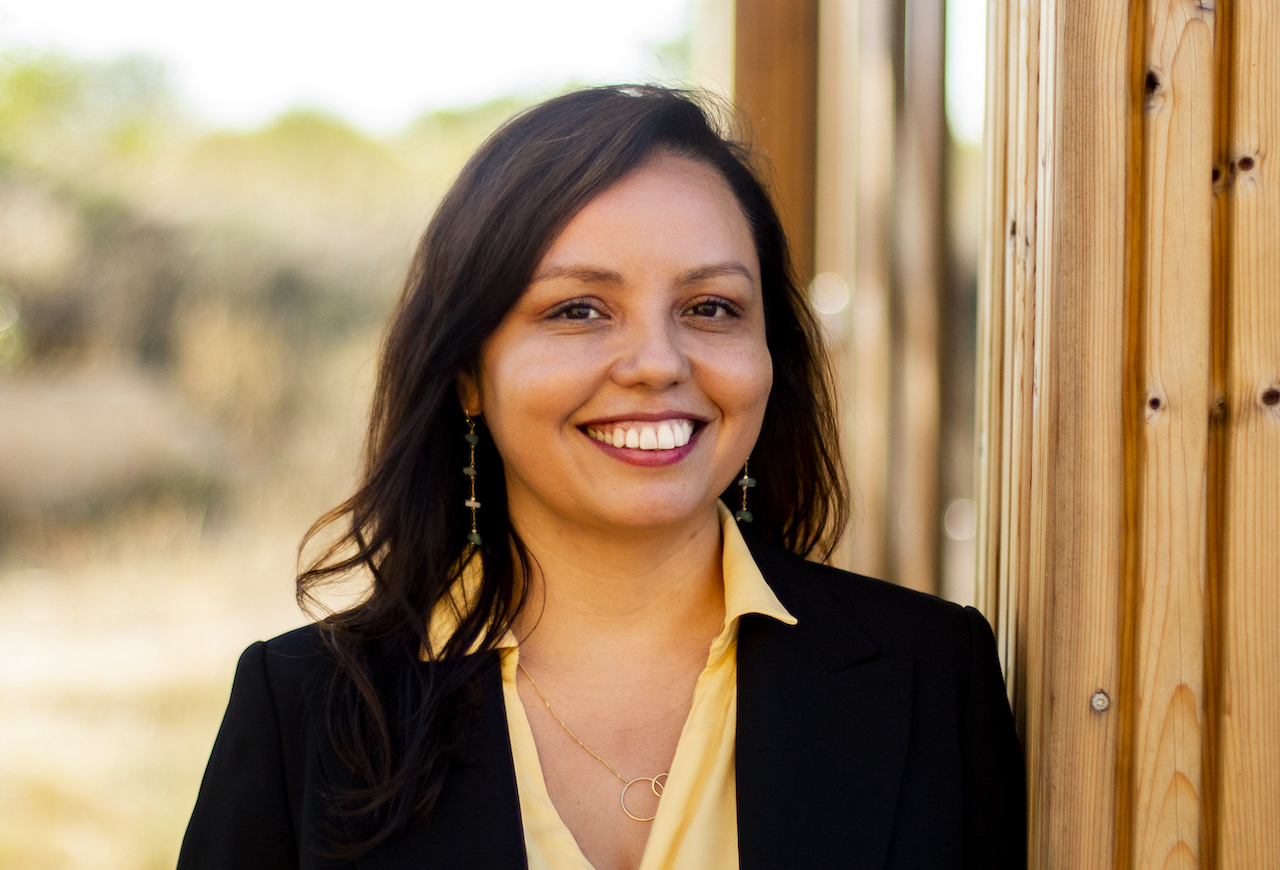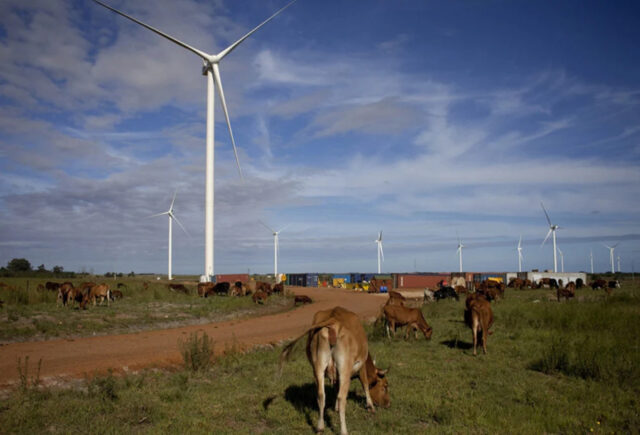Without catalytic investors, entrepreneurs and impact fund managers would find it impossible to build the track record needed to scale their models and maximise impact, writes Social Nest Foundation’s Vásquez del Solar.

The amount of capital leveraged for impact investing has, without a doubt, grown dramatically in recent years. This was made evident in the latest report from the Global Impact Investing Network (GIIN), which estimates this market to be over $1trn in size.
The appetite among investors expecting returns on investments that generate impact has grown more than any other, thus proving the maturity of an industry capable of convincing even the most skeptical investors that impact investing can indeed be profitable and the risks successfully addressed.
Despite the considerable increase in impact capital, some concerning financing gaps remain unfulfilled. Most investments are made in developed countries, often neglecting many social problems and sectors with business models that offer new ways of tackling social inequality issues, improve education and provide quality services to underserved people.
Not all companies and sectors attract private investors equally. Early-stage companies or those dedicated to specific groups such as the homeless, ethnic minority communities, or refugees, are often not as attractive to mainstream investors, for instance investors expecting market returns. Venture capital firms have a five-to-seven year investment cycle based on growth rates and valuations, which might not be the most suitable model for companies with high social cost or a slow but steady growth rate.
So, are existing solutions not investment ready or are the available funds just not right for them? It is crucial that both sides of the ecosystem evolve in order to build a market that takes into account the potential impact, the risks involved, and the financial returns.
Catalytic investors
To bring about that kind of transformation, the role of catalytic investors must be understood. We are talking about catalytic investors, and not just capital alone, because we believe that being catalytic is a mindset and a strategy, beyond just a type of capital allocation.
According to the Catalytic Capital Consortium (CCC), catalytic capital refers to investments that are more patient, risk tolerant, concessionary, and flexible than mainstream capital. Its aim is to spur third-party investing that would not happen otherwise.
These investments are made by investors willing to take on greater risk, those capable of investing in for example early-stage startups, more transformative business models, or early-stage investment vehicles that face challenges in securing their first round of funding.
Without these investors, entrepreneurs and impact fund managers would find it impossible to build a track record that might allow them to scale their models and maximise impact.
There is, however, a great deal of misinformation surrounding this type of capital. A recent article published in the Stanford Journal of Social Innovation discusses the myths around catalytic capital, including the misconception that this capital is needed only in emerging countries, when in fact there are still gaps in more developed countries, especially in sectors such as affordable housing or early-stage ‘hard tech’ companies in Europe.
Housing sector
In the case of housing, for instance, according to data from the 2018 Urban Agenda for the EU Partnership on Housing, underinvestment in affordable housing is estimated to be around €57bn per year, at a time when housing prices are actually increasing. According to Eurostat data, 10.4% of the European population in 2021 lived in a household where total housing costs accounted for over 40% of disposable income. To be exact, in the EU that year, the percentage of disposable income devoted to housing costs stood on average at 18.9%.
When it comes to housing, as in many other sectors, impact investing with a ‘catalytic mindset’ could present a more than attractive solution for investors seeking to have a stable, long-term income and, at the same time, contribute to achieving the SDGs via the businesses they back.
While catalytic capital has traditionally been provided by governments, development agencies or philanthropy, family offices and corporations have begun to play a key role as providers of catalytic capital. There is a unique opportunity for them to position themselves as pioneers.
In addition, downstream investors such as venture capital or private equity firms might also benefit from the role of catalytic investors, in that this kind of investment could trigger their own investments. All this goes to show how important it is to expand the opportunities for collaborating among entrepreneurs, catalytic capital investors and investors expecting market returns.
Receiving patient capital does not mean that the business model is not sustainable, rather that it just needs more time to adapt to the market and users. In the case of impact-driven businesses, social costs and iteration risks may require more flexible capital to reach the tipping point at which the financial return and risk can be addressed through different financial instruments.
Accelerating the mobilisation of impact capital therefore not only involves boosting the amount of money from existing impact investors, but also getting different types of investors, as well as different types of impact enterprises, to come to the table. It is only by understanding the real issues and opportunities, and designing investment products accordingly that the impact investing industry will be able to fulfil the existing gaps.
Mónica Vásquez del Solar is head of strategy and Impact at Social Nest Foundation. Social Nest Foundation and Elea Foundation are organising the Fi Gathering Zurich 2024 on 22 April, to debate the the role of catalytic capital in Europe. Click here for more information about the event.





